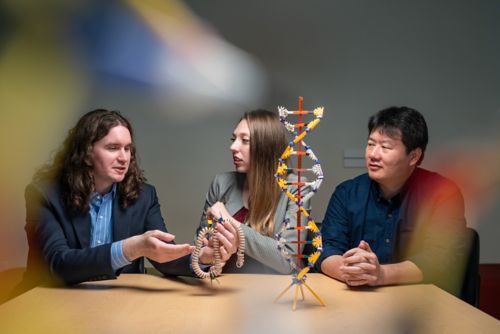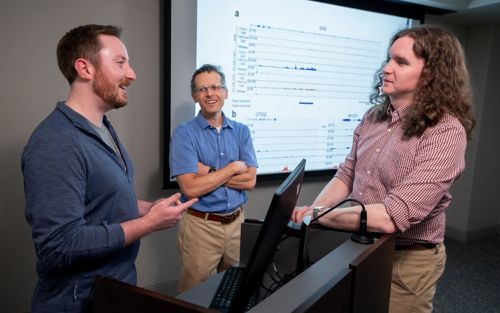St. Jude Family of Websites
Explore our cutting edge research, world-class patient care, career opportunities and more.
St. Jude Children's Research Hospital Home

- Fundraising
St. Jude Family of Websites
Explore our cutting edge research, world-class patient care, career opportunities and more.
St. Jude Children's Research Hospital Home

St. Jude Family of Websites
Explore our cutting edge research, world-class patient care, career opportunities and more.
St. Jude Children's Research Hospital Home

Assistant Member, St. Jude Faculty
Course Director, Computational Biology, St. Jude Graduate School of Biomedical Sciences

On this page:
Brian J. Abraham, PhD
Computational Biology
MS 1135, Room IA6050
St. Jude Children's Research Hospital
262 Danny Thomas Place
Memphis, TN 38105-3678

Quick Facts

BS - Rochester Institute of Technology PhD - Boston University / National Institutes of Health (Graduate Partnerships Program) Postdoctoral Training - Whitehead Institute for Biomedical Research

11/19/2024

03/19/2024

11/15/2023

11/15/2023